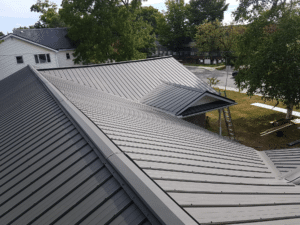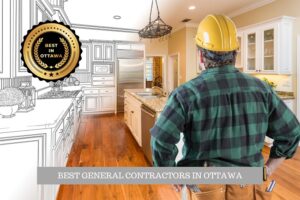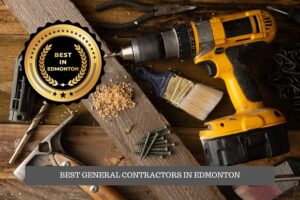Written by Lambert Brothers Construction in Edmonton
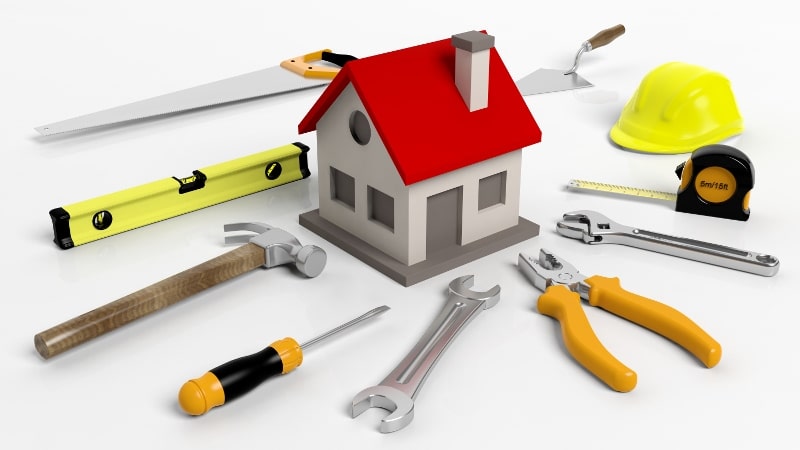
Doing a home renovation is often a fun and exciting endeavor! Unfortunately, it can also be an unfortunate necessity that’s been brought on by a preventable mishap. Some of the most costly home repairs arise because smaller maintenance issues were not addressed. Many homeowners don’t realize how a simple maintenance routine can prevent major damage and save them thousands of dollars in the long run. I love what I do – but it pains me to go to a job site to gut and rebuild a room or area that the homeowners weren’t anticipating having to do!
Whenever we finish a job, I always go over any necessary maintenance with the homeowner so they can enjoy their new space worry-free for decades to come. While home repairs are inevitable, you can delay total replacements for years and avoid major property losses if you do some simple and regular maintenance around your home.
Table of Contents
ToggleThe cost of preventable home repairs.
Many property losses happen due to extreme events such as fire, flooding, or severe weather. But there are also many losses that can be avoided by doing regular home maintenance. This is because catching a small problem and fixing it right away prevents it from becoming a major problem down the line.
HomeStars, Canada’s number one platform connecting homeowners with verified home pros reports that more than half of homeowners (57%) completed one to two repairs during the last year, with over a third (36%) completing between three and 10 repairs. That’s a lot of repair work!
Think of home maintenance activities like a visit to the dentist. Twice a year you go to get your teeth inspected, cleaned, and to fix up any minor damage occurring to your teeth, like filling a small cavity. If you wait too long between visits, your teeth become less healthy, and they can rot and become very costly to repair or even replace.
In the same way, taking time to regularly inspect, clean, and repair minor issues to your home can also save you thousands. If you fail to do regular maintenance checks, you will miss small issues that will become big ones.
And if you think “Well, that’s what home insurance is for…” – think again. Most home insurance does not cover preventable repairs.
The most costly home repairs.
The following are some of the most common and potentially costliest home repairs that can hit you hard financially if they come unexpectedly. By following some simple maintenance advice, you can extend the life of your home by decades and avoid catastrophic repair bills.
Roof
A standard asphalt roof costs an average of $5000 dollars in Canada. The price varies depending on the size of the house and material quality. It can range from $2000 all the way up to $11,000.
Asphalt has a lifespan of 15 to 25 years IF kept in good repair. You can do this by fixing roof damage such as loose or torn off shingles immediately to prevent rain and snow from getting in under them and causing major damage.
In warm climates, a roof can be inspected twice a year. In colder climates like Alberta, roofing should be looked at every summer to see if there are any signs of worn or damaged shingles. Look for signs of curling shingles or felt showing through.
During the winter months, check for ice damming. Ice damming occurs due to heat being trapped in the attic. This is caused by a lack of ventilation or insufficient insulation. If you see ice buildup on your roof after a freeze-thaw cycle, you’ll want to fix that problem right away. Ice on your roof gets under shingles causing early wear. It can even affect the integrity of your roof if left too long.
Foundation
It is extremely important to keep water away from your foundation. This often the most expensive repair on homes. Repairing a foundation can be upwards of tens of thousands of dollars if a problem is severe or left too long.
Keep the eaves downspouts extended year-round. Check the grading to ensure any run-off water is running away from the foundation. Don’t allow exterior water taps to leak when attached to the garden hose.
Another common way foundations are damaged is by a burst hose bib. A hose bib is an exterior faucet on the side of your house.
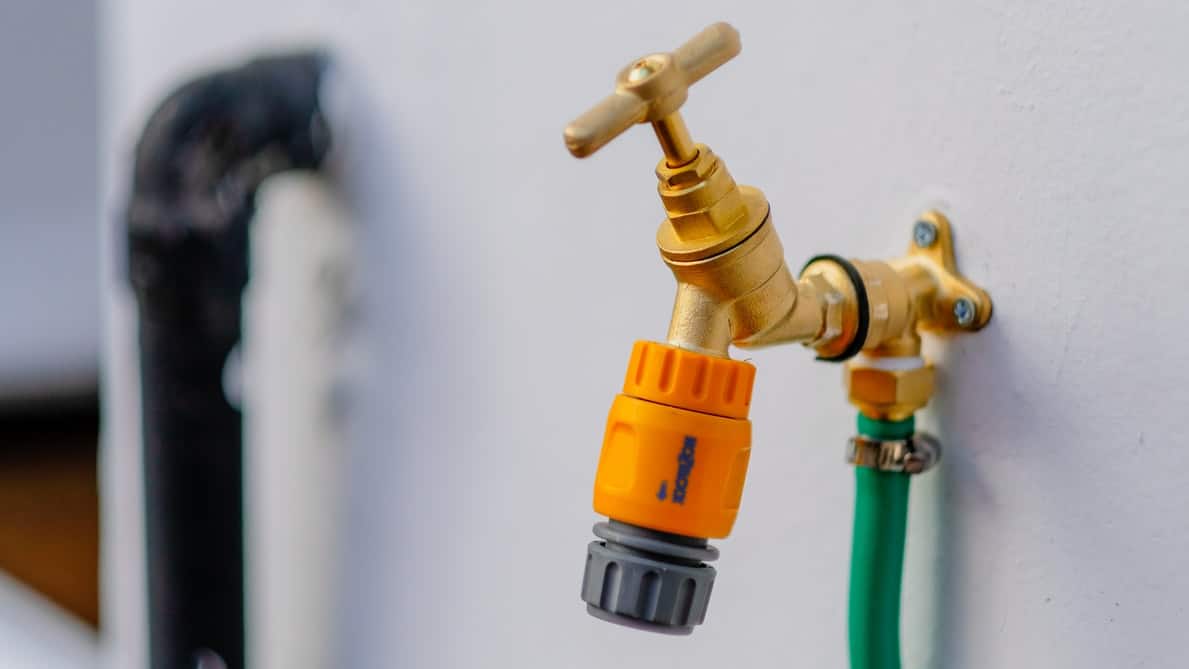
Never leave the hose connected to the hose bib when the temperatures are getting close to the freezing point. This will cause the hose bib to freeze and burst, leaving water to flow inside your house. Often you will not notice this issue until the damage is severe. Be vigilant with this!
Pipes and waterlines
Water is one of the most common (and preventable) reasons for property loss. Water damage can occur due to freezing pipes that burst, from leaks on the seal of drainpipes, or from an exterior hose bib as mentioned in the section above.
If a pipe leak is discovered quickly, damage can be minimized, but if the water runs for several days before discovery, the losses can be into the tens of thousands of dollars.
If faucets are dripping or leaking when they are turned on, change out the washers. Check under the sink for water stains or calcium buildup on the pipes. The presence of either stains or build-up indicates leaking and the seams will need to be fixed or parts replaced.
Small leaks on the seal of drainpipes are common under the kitchen sink. You may not notice it unless you look. Check to see if you see calcium buildup or water staining on your pipes. If so, you have a leak.
Heating and cooling system (HVAC)
Another costly repair is your home’s HVAC systems. Furnaces need replacing every 15-20 years and air conditioners need to be replaced about every 10-15 years. But, if not maintained, a replacement can come a lot sooner. Regular maintenance extends the life of your HVAC units by years. It’s worth doing.
Furnace: Change the filter regularly, get it inspected and tuned annually (most gas providers offer this service free of charge). Cleaning your ducts every two years keeps the system running well and the air quality at its best.
Bonus tip: While cleaning the furnace, it’s good practice to have the dryer vent and the wood-burning chimney cleaned at the same time to prevent fires in either place.
AC: Clear out the condensate drain, check the refrigerant level and replace as needed, and clean dirty coils or fixtures as recommended in the unit manual.
Sump-pump
If you live in a house with a sump-pump you know how easy it is to forget it’s even there. But keeping an eye on your sump pump can be the difference between a dry basement or one that is covered in a few inches of water. Check your sump-pump every year in spring by lifting the float switch. The pump should start up when you lift the float; if it doesn’t that means you need to repair or replace the pump. Be sure to do this immediately so that it can do its job when the big melt comes.
Seem too simple? It’s not.
A lot of the preventative tips I’ve shared today may seem too simple to really make a difference. After 35+ years in the home renovation industry, I can tell you that these small actions make a huge difference in preventing major damage and in extending the life of your home’s infrastructure.
Whether you are a past customer, currently looking for a renovation specialist, or a future customer, I want to get this information into as many hands as possible. Please share this blog and download our free home maintenance guide now and start your home maintenance routine with the handy schedule included inside.
For more information, contact Lambert Brothers Construction.


